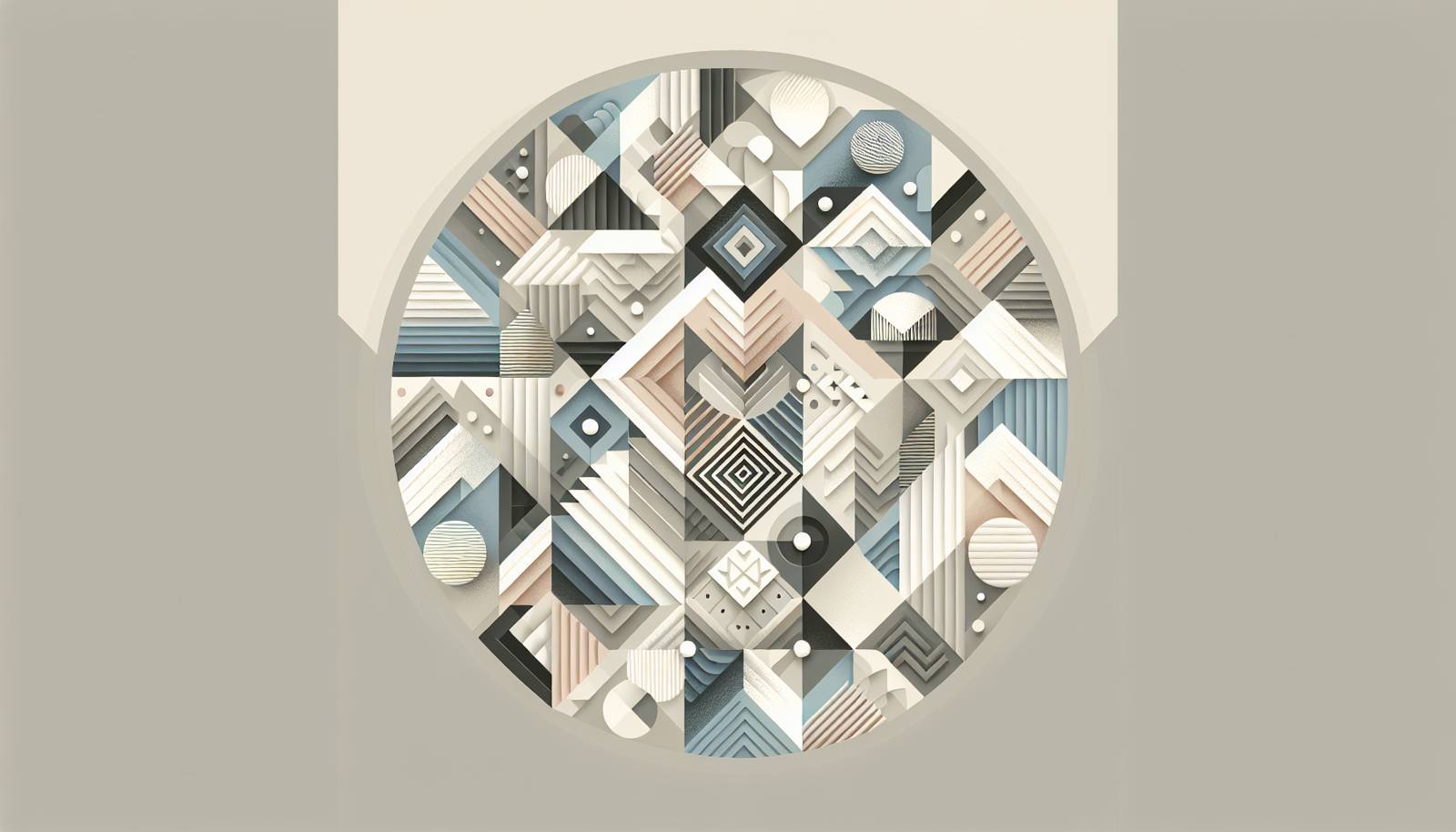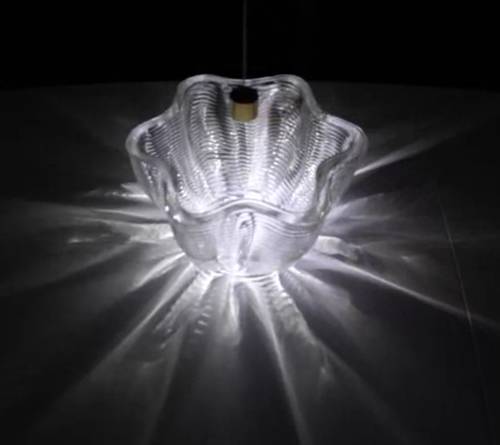
FAQ About The Impact of 3D Printing on Art and Design

What is 3D printing in the context of art and design?
3D printing in art and design is a process where digital models, created using computer-aided design (CAD) software, are transformed into physical objects by layering materials such as plastic, resin, or metal. This technology enables artists and designers to create intricate and complex structures that would be difficult or impossible to achieve with traditional methods.

How is 3D printing being used in modern art?
Modern artists use 3D printing to push the boundaries of creativity and expression. It allows for precise replication of complex models and the creation of innovative sculptures, installations, and even jewelry. Artists can also experiment with new forms and concepts that leverage the unique properties of 3D printing, such as creating forms with interlocking parts or incorporating moving elements.

What are the benefits of using 3D printing in design?
The benefits of using 3D printing in design include increased speed and efficiency in the prototyping process, the ability to produce highly customized and unique pieces, and the reduction of waste through additive manufacturing. Designers can swiftly iterate on designs and produce complex geometries that were previously unachievable, enhancing creativity and innovation.

Can 3D printing replicate traditional art forms?
Yes, 3D printing can replicate traditional art forms by allowing artists to create precise and accurate reproductions of complex designs and sculptures. This technology is particularly useful in conservation efforts for restoring artworks, as it can produce detailed replicas without compromising the original pieces. Additionally, it offers an opportunity for bridging the gap between traditional craftsmanship and modern digital techniques.

What materials are commonly used in 3D printing for art and design?
Common materials used in 3D printing for art and design include thermoplastics like PLA and ABS, resins, metals like aluminum or titanium, ceramics, and even biodegradable materials. The choice of material depends on the intended use, required strength, aesthetic qualities, and budget of the project.

How does 3D printing influence creativity in design?
3D printing greatly influences creativity by allowing designers to experiment with forms and structures that are difficult to create with traditional methods. This freedom leads to new explorations in design aesthetics and functionality, enabling the creation of unique and original artworks or products. Designers can also use this technology to prototype swiftly and test various configurations and adjustments before final production.

Are there any limitations to using 3D printing in art and design?
There are several limitations to using 3D printing in art and design, including potential restrictions based on the size of objects that can be printed, limitations in material properties compared to traditional materials, and the time it can take to print intricate or large objects. Additionally, while 3D printing allows for complex designs, it may require significant post-processing to achieve the desired finish.

What is the role of 3D printers in art and design education?
3D printers play a significant role in art and design education by providing students with hands-on experience in digital fabrication techniques. This technology enhances learning by enabling students to transform digital concepts into tangible objects, fostering innovation and problem-solving skills. It also helps prepare students for modern industry demands, where digital and additive manufacturing skills are highly valued.

How are traditional artists incorporating 3D printing into their work?
Traditional artists incorporate 3D printing into their work by using it as a tool for experimentation and expanding their material palette. They can use 3D printing to create the initial stages of a sculpture or artwork, adding traditional finishes thereafter, or to produce detailed components that enhance their pieces. This blending of digital methods with traditional art practices allows artists to explore new directions and artistic expressions.

What impact does 3D printing have on sustainable art and design practices?
3D printing contributes to sustainable art and design practices by reducing material waste through precise additive manufacturing and by using environmentally friendly and recyclable materials. Designers can create products that consume fewer resources and optimize their use of materials. This approach aligns with growing trends towards sustainability and eco-conscious art and design methodologies.

Can 3D printing lead to new art forms?
Yes, 3D printing can lead to the emergence of new art forms by enabling artists to explore dimensions, geometries, and materials that were previously difficult to manipulate. This technology encourages innovative approaches to structure and form, potentially leading to new categories of sculpture and visual art that focus on the interaction between digital design and physical space.

How do artists ensure originality in 3D printed artworks?
Artists ensure originality in 3D printed artworks by developing unique digital designs and incorporating personal creative processes. While 3D printing technology provides the tools to replicate works, the originality comes from the artist’s vision and unique application of the technology. By combining digital design with traditional artistry, artists can create works that are both innovative and personally expressive.

What challenges do designers face when adopting 3D printing technology?
Designers face several challenges when adopting 3D printing technology, including the learning curve associated with mastering 3D modeling software, the necessity to understand new materials and their properties, and the need for creative adaptation to technological constraints. Moreover, designers must balance the cost of 3D printing with potential time savings in prototyping and design elaboration.

How does 3D printing impact the cost of producing art and design items?
3D printing can significantly impact the cost of producing art and design items by lowering production costs through rapid prototyping and reduced material use. While the initial investment in 3D printing technology can be high, the ability to make quick adjustments and produce items without traditional molds or tooling reduces long-term expenses. This efficiency can result in lower overall production costs and enable more experimental or custom projects to be economically feasible.

What innovations in 3D printing technology benefit artists and designers?
Innovations in 3D printing technology that benefit artists and designers include advancements in multi-material and multi-color printing, improvements in printing speed and quality, as well as the development of printer models that accommodate larger or more intricate designs. These technological improvements expand the possibilities for creativity and enable more detailed and sophisticated designs.

How does 3D printing affect the accessibility of art and design?
3D printing affects the accessibility of art and design by democratizing production and allowing more individuals to create complex designs without needing industrial equipment or resources. It empowers hobbyists, small studios, and independent artists to produce high-quality work with limited resources, broadening participation in the art and design world. This accessibility fosters greater diversity of expression and innovation across different communities.

What role does software play in 3D printing for art and design?
Software plays a critical role in 3D printing for art and design, acting as the bridge between creative ideas and printable objects. Artists and designers use CAD software to develop detailed digital models that can be refined and translated into instructions for 3D printers. The selection and mastery of software significantly influence the complexity, precision, and quality of the final printed piece, making it a vital component of the 3D printing process.

How do designers balance aesthetics and functionality in 3D printed projects?
Designers balance aesthetics and functionality in 3D printed projects by integrating consideration of form and physical constraints during the design phase. They use simulations and iterative testing to ensure that designs meet functional requirements while maintaining visual appeal. By leveraging the versatility of 3D printing, designers can experiment with forms that offer aesthetic value without compromising usability.

In what ways does 3D printing facilitate collaboration in art and design?
3D printing facilitates collaboration in art and design by allowing multiple creators to work together on a digital model before printing. Teams can easily share, modify, and refine designs across different locations, making remote collaboration more effective. Additionally, 3D printing provides a common platform for combining various expertise, such as engineering, art, and software development, leading to innovative multidisciplinary projects.

How have advances in 3D printing changed consumer expectations in design?
Advances in 3D printing have altered consumer expectations by introducing the possibility for personalized and custom design options. Consumers increasingly expect products that reflect their unique preferences and desires, leading to a demand for one-of-a-kind items. This shift challenges designers to innovate and adapt to meet higher standards for customization and quality while maintaining production efficiency.
